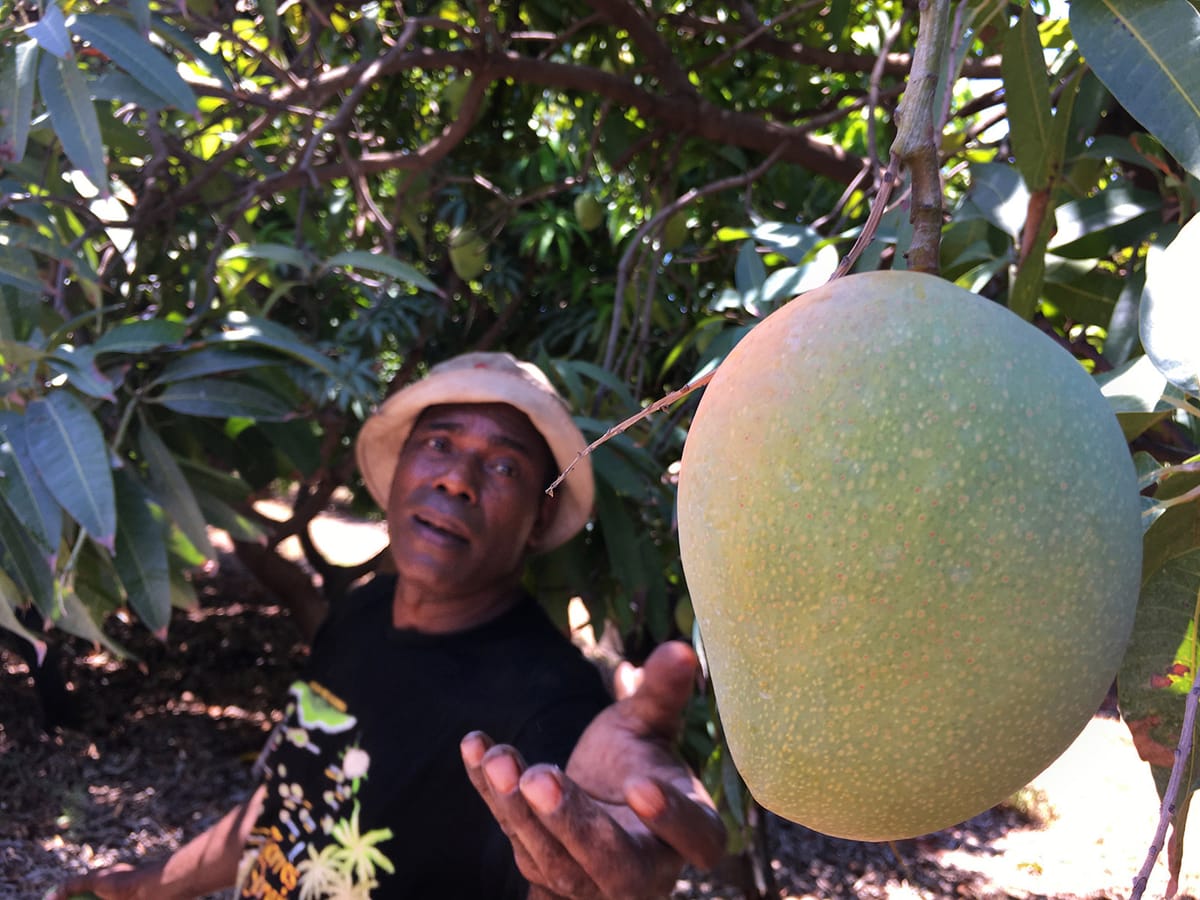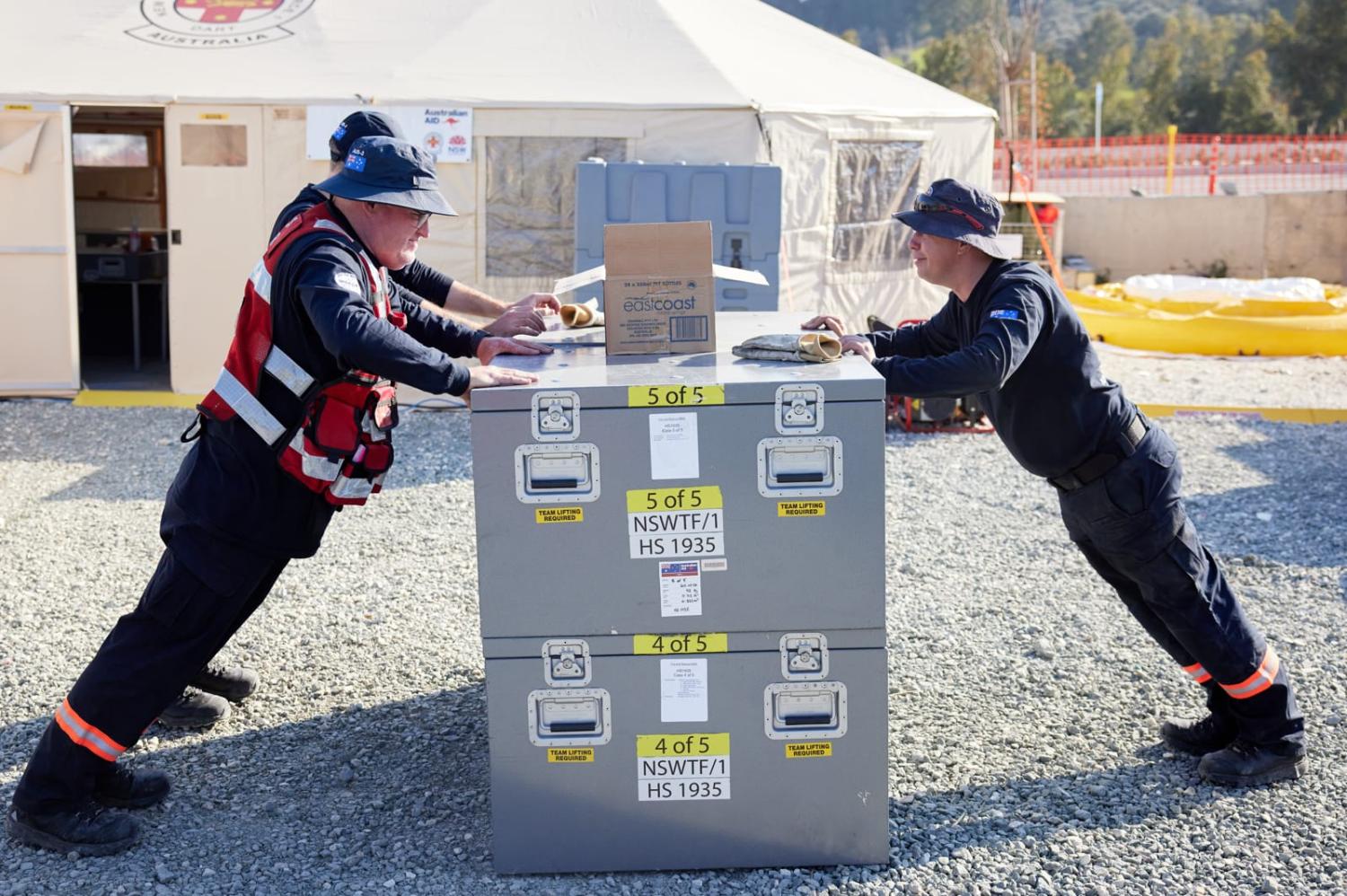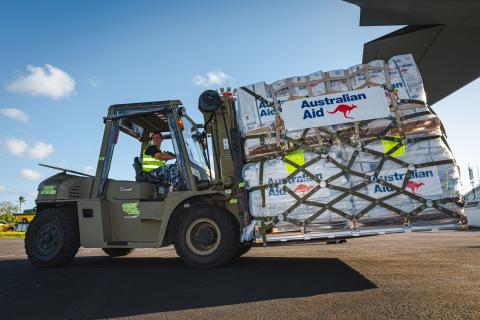Something else was going on with the release last week of the Albanese government’s first full-year budget. There was not a lot for the traditional development program. Yet development-esque measures also emerged from both within the Department of Foreign Affairs and Trade and unexpected places throughout government.
Official Development Assistance (ODA) will rise by almost $120 million to $4.77 billion in 2023-24 and to a little over $5 billion by 2026-27 – largely reflecting the $1.4 billion increase (spread over several years) announced by Labor in October last year. Beyond that, there is also a commitment to 2.5% indexation from 2026-27, aimed at providing some longer-term stability.
A closer look, however indicates that in inflation-adjusted terms ODA will still fall this year and out to 2026-27. And while indexation will hopefully eventually steady the decline of ODA in inflation-adjusted terms, it will nonetheless likely see Australia’s ODA to Gross National Income ratio – already disproportionately low – slip even further down the international ranks.
All this stands at odds with the budget document’s Strategic Direction Statement, which asserts that “development assistance is central to statecraft”. With Minister for International Development Pat Conroy emphasising Labor’s intention to rebuild the development program, a key question is whether the trajectory of this budget will ultimately prove a floor or ceiling for the future of Australia’s development program.
And beyond the traditional aid program are other important development-related measures.
Take for instance an expansion of the Pacific Australia Labour Mobility (PALM) scheme, and a pilot program to trial family accompaniment and access to Medicare for 200 workers and their dependents. PALM helps the Pacific, but also addresses critical labour shortages for Australia and is expected to generate tax revenues that would offset much of the cost to the budget. The scheme is partly funded through ODA, and administered along with Home Affairs and other departments. But this is inescapably linked to development and driven by a broader strategy.
Another key announcement in the development space is the increase of the funding cap for the Emerging Markets Impact Investment Fund (EMIIF), in line with the government’s aim to leverage in more private sector investment for development. The expansion from $40 million to $250 million over four years will come from existing ODA allocations. But EMIIF is also likely to generate its own financial returns to the budget, providing an offset.
The PALM and EMIIF funding follow the kind of model we might expect to see more of, entailing development benefits as well as benefits directly to Australia. And both reflect a decisive step away from traditional ODA.

The most interesting initiative is badged “Enhancing Pacific Engagement”. It’s a package that includes the PALM scheme expansion, pulling in resourcing from 12 other federal agencies and departments. Well over half of the $1.9 billion is directed to building Pacific peace and security, drawing in the Australian Federal Police, the Attorney-General’s Department, and the Department of Defence. This suite of measures has taken on a hybrid development-defence nature, with maritime security infrastructure coupled with capacity-building in law enforcement. While there is a baker’s dozen of entities who will share the load of this initiative, some of them with no substantive international remit, it’s DFAT’s Office of the Pacific that will likely hold the central convening and coordination power.
A foreign policy structure that spills out from DFAT and across other departments aligns with the government’s assertions that its wielding of statecraft would involve diplomacy, development and defence.
But there are risks to spreading the development function around. Coordination and policy cohesion across government departments will become more important but also more difficult – operating with multiple and, at times, competing objectives and across differing policy mindsets and organisational cultures. Accountability, transparency, and performance could also suffer, as development-related activities move outside DFAT’s traditional aid program into forms of spending not subject to standard development effectiveness requirements and departments relatively unfamiliar with the practice of international development.
All of which is to say that a more whole-of-government approach to development blending various arms of foreign policy might fit the times, but it will also entail a significant new set of challenges.


